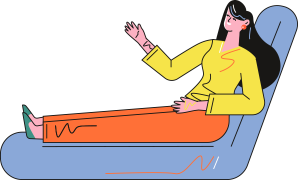Treatment methods for pertussis in children
Updated on February 25, 2025
00:00
00:00
The treatment methods for pertussis in children mainly involve anti-inflammatory processes, along with etiological treatment. Pertussis in children typically requires the selection of antimicrobial drugs to eradicate Bordetella pertussis. Clinically, macrolide antibiotics are primarily chosen, such as erythromycin, azithromycin, or clarithromycin. Also, depending on the nature of the cough, some central antitussive agents or cough and phlegm relieving drugs can be used to alleviate the symptoms of cough. Additionally, in the acute phase of inflammation where fever is present, antipyretic analgesics should be taken for symptomatic treatment. (Medication use should be under the guidance of a doctor.)
Trending Health Topics

Get the latest health & wellness news daily right to your inbox.
By subscribing, you agree to the Privacy Policy.


 Subscribe
Subscribe


